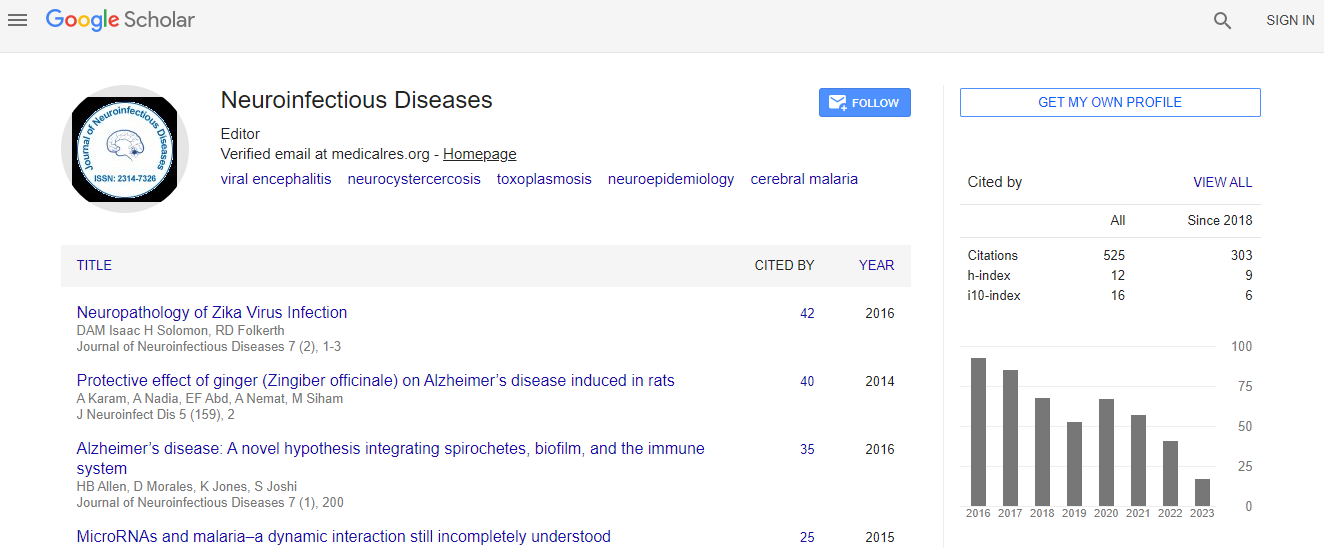Review Article
MicroRNAs and Malaria – A Dynamic Interaction Still Incompletely Understood
Amy Cohen, Valéry Combes and Georges ER Grau*
Vascular Immunology Unit, Discipline of Pathology, School of Medical Sciences & Marie Bashir Institute, The University of Sydney, Australia
- Corresponding Author:
- Grau GER
Medical Foundation Building (K25)
92-94 Parramatta Rd, Camperdown NSW 2050
Australia
Tel: +61290363260
E-mail: ggrau@med.usyd.edu.au
Received Date: November 04, 2014; Accepted Date: December 16, 2014; Published Date: December 18, 2014
Citation: Cohen A, Combes V, Grau GER (2014) MicroRNAs and Malaria – A Dynamic Interaction Still Incompletely Understood. J Neuroinfect Dis 6:165. doi: 10.4172/2314-7326.1000165
Copyright: ©2014 Cohen A, et al. This is an open-access article distributed under the terms of the Creative Commons Attribution License, which permits unrestricted use, distribution, and reproduction in any medium, provided the original author and source are credited.
Abstract
Malaria is a mosquito-borne infectious disease caused by parasitic protozoa of the genus Plasmodium. It remains a major problem affecting humans today, especially children. However, the pathogenesis of malaria, especially severe malaria, remains incompletely understood, hindering our ability to treat this disease. Of recent interest is the role that small, non-coding RNAs play in the progression, pathogenesis of, and resistance to, malaria. Independent studies have now revealed the presence of microRNA (miRNA) in the malaria parasite, vector, and host, though these studies are relatively few. Here, we review these studies, focusing on the roles specific miRNA have in the disease, and how they may be harnessed for therapeutic purposes.

